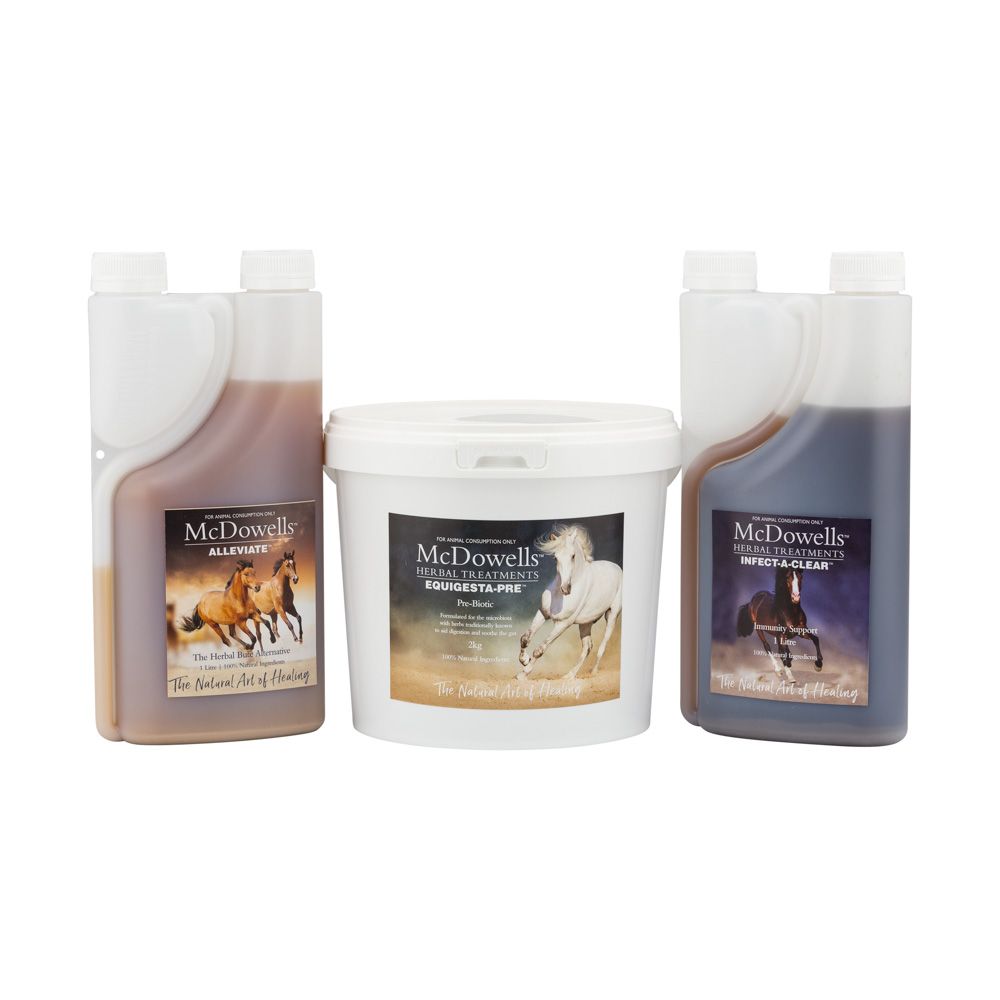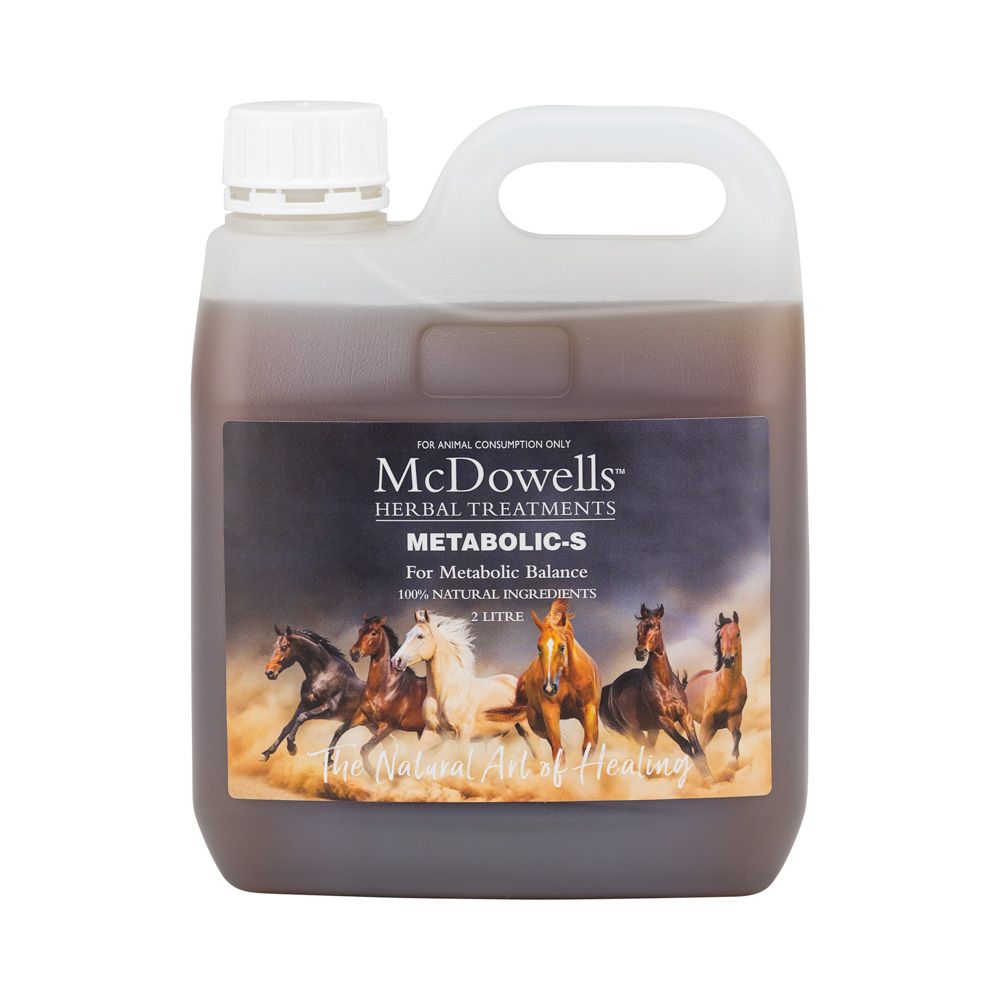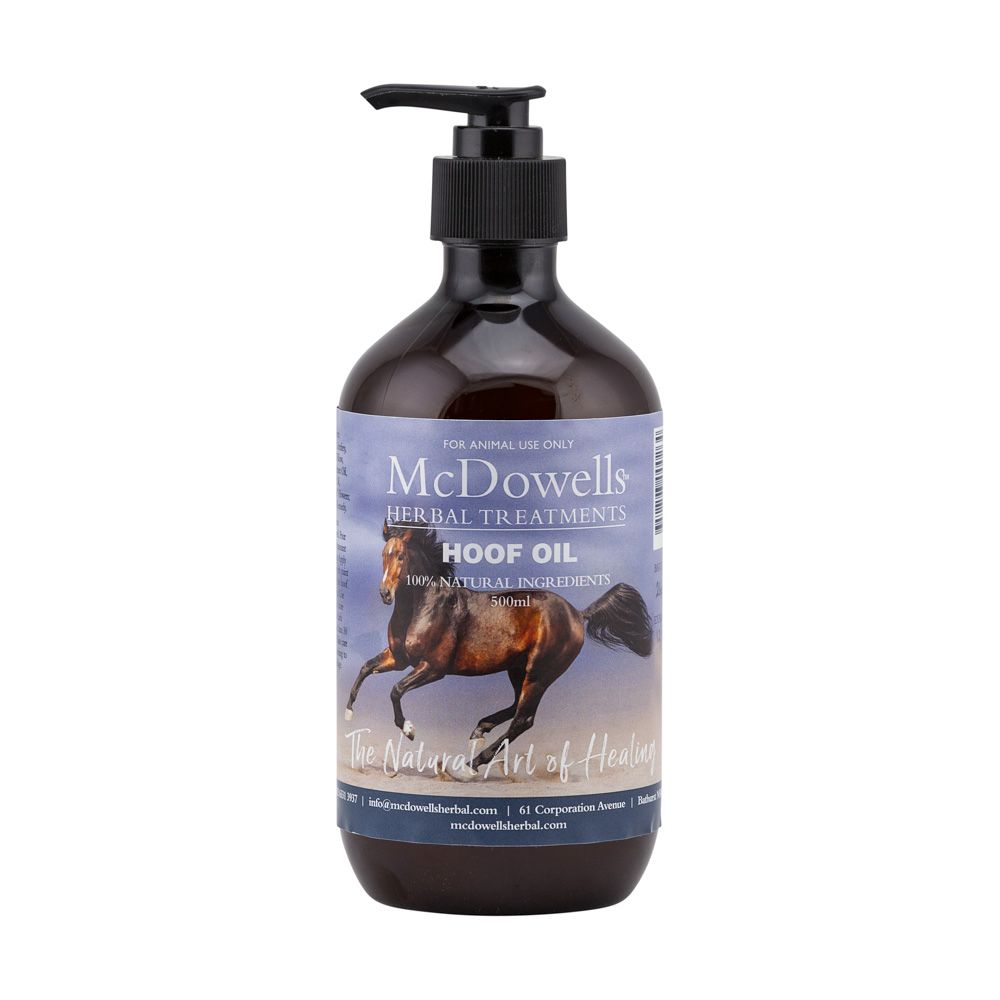I have a 22 year old Anglo Arab, Jag, who has had laminitis/founder issues since we moved to our property near Hahndorf in the Adelaide Hills.
Jaggy foundered in his front feet about 4 years ago and then in early December 2018 he foundered in his back feet.
Since his initial issues with Laminitis/founder I was very careful not to let Jaggy out onto pasture, but kept him primarily in what my husband and I termed the ‘Jenny Craig’ paddock.
So when Jaggy was showing signs of lameness I was pretty shocked. I initially called my farrier as I thought that Jaggy may have had an abscess as he was limping severely on 1 of his hind legs. My farrier advised me that it was more sinister than an abscess and that I needed to call a Vet, which is what I did. I had X-rays taken and both back feet had pedal bone rotation although the one he was limping on severely was not as bad as the other.
The advice from the Vet was that I needed to put Jag down.
He also suspected that Jag had Cushing’s disease given the fat deposits on his rump and above his eyes. Of course I was completely gutted.
I phoned my friend who I knew had a horse with Cushings and started asking her questions. During our conversation she mentioned that when she was at Equitana that she had been speaking with Cath McDowell and had purchased some Cushings-S formula from her for her horse. She hadn’t used it as her horse was doing well on his current medication and offered it to me.
So with the formula in hand, I contacted Cath McDowell telling her my story and to ask if I could use the Cushing’s formula even if it wasn’t confirmed that Jag had Cushing’s. Cathy advised that it would be fine and also offered the following emergency diet regime:
Twice daily
500g soaked Speedi-Beet
2 cups copra
½ cup crushed linseed
½ cup crushed millet
60mls Cushing’s formula
Soaked hay (minimum 3 hour soak) 24/7 and absolutely no green feed
I felt that I had to give Jaggy a chance and if it didn’t work at least I had tried.
I started this regime on 7 December. I was going away on an overseas trip on 9 December for 2 weeks. So I had to leave looking after Jag in the capable hands of my neighbour.
With X-Rays in hand (rather on his phone) my farrier came with his off-sider who is a remedial farrier and they set about making Jag as comfortable as possible. I cannot tell you how kind and compassionate they were to him and did everything so gently, with plenty of rests in between each application. The advice provided is to have no shoes, but I went with what made sense to me. Jaggy has never had back shoes on, so they put shoes on with a special mesh between the hoof and the shoe and ¾ filled the hooves with epoxy resin to support his sole.
Initially the farriers thought that they might only be able to do one foot and come back the next day to do the other, given the level of pain Jaggy was in. But he coped very well and they were able to do both feet. The level of effort and what I was charged was not commensurate. 2 wonderful farriers!
Jaggy was on bute for 4 days and then I set about steeping 2 tlbs of Devils Claw twice a day to be added to his feed and this continued for the duration that I was away. I advised my neighbour that if Jaggy was in a lot of pain to give him some bute. Thankfully he didn’t need any.
When I returned from my holiday, I could not believe how good Jaggy was! No sign of any limping and he was such a happy horse. His turn around from bearly being able to walk to walking normally was 14 days. I just could not believe it and neither could my neighbour or my farrier when he returned to tend to my other two horses.
Jaggy was never a fat horse, but he did lose condition. The remedial farrier said to not concern too much with his weight as the lighter he is initially the better for his feet.
That made sense and I was fine with that, but Jaggy was little too thin for my liking. He still had good top line, but was just a little lean for me coming into winter.
So, I got in contact with Cathy and she advised to double if not triple his speedi-beet and to feed 1 cup of copra rice pellets per feed.
So upped the amount of speedi-beet I was giving Jag at lunch to 300gms and gave him another 300gms before I went to bed around 10pm and included the copra rice pellets with his other feed. Cathy also advised that he could go out into the big paddock for 1 hour per day, with the recommendation to give him a feed of speedi beat before he went out. That way he wouldn’t gorge himself on the grass. Mind you we have had such a dry summer that the grass is well dried out.
Based on the additional feeding, within a couple of weeks Jag had put on weight.
I also had Jaggy tested for Cushing’s and the results came back negative. So. I put his issue down to the pasture we have, too much clover in it and although he was locked up, the little bit of clover that was coming through in the Jenny Craig paddock was too much. So with Cathy’s recommendation I have changed from the Cushing’s S formula to Metabolic-S formula.
Although the formulas can be expensive, along with the amount of speedi-beet needed, it’s worth every penny to have a still standing, happy and healthy horse. I am only sorry I didn’t take short film of how Jaggy was as a comparison to how he is now, all I have is a photo of his very swollen legs, but I offer this short film so you can see he is a very happy boy.
On a side note, recently one of my other horses got colic. I called the Vet and he came out and confirmed that he had tummy issues. He game him an injection to help the stomach spasms and another for pain relief. The next day he was still not well so I got onto the McDowell’s website to have a look to see if there was anything on it for advice with respect to colic. Why would I think there wouldn’t have been.
The advice provided for colic was to steep 6 tea bags of chamomile tea and 3 of Rosehip in 1 litre of boiled water with a couple of drops of rescue remedy and to give a ¼ of a cup every 2 hours. I didn’t have any rescue remedy but was able to get the tea bags so I steeped them as suggested and given that Doc was eating ok I mixed half a litre of it morning and night with some chaff. After the initial feed I couldn’t believe the difference it had made. I continued steeping the teas for 4 days and feeding with chaff and Doc was back to his normal cheeky self. I put his recovery down to the Vet initially, but his speedy recovery to natural therapies.
From now on I will look to McDowell’s for assistance with my animals in conjunction with Veterinary care.
Thank you again,
Cathy




